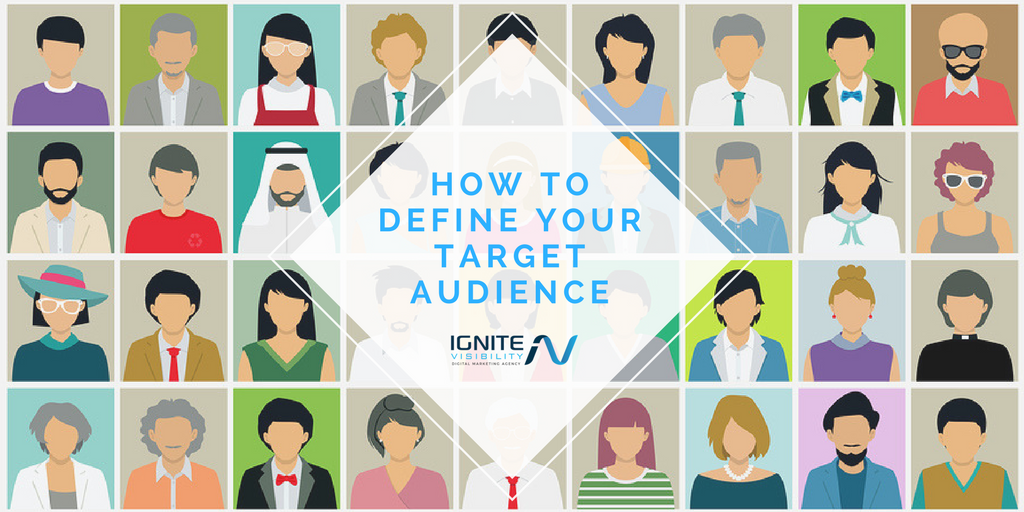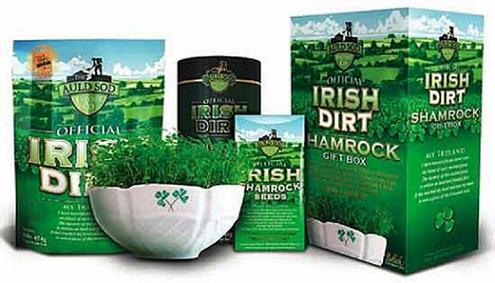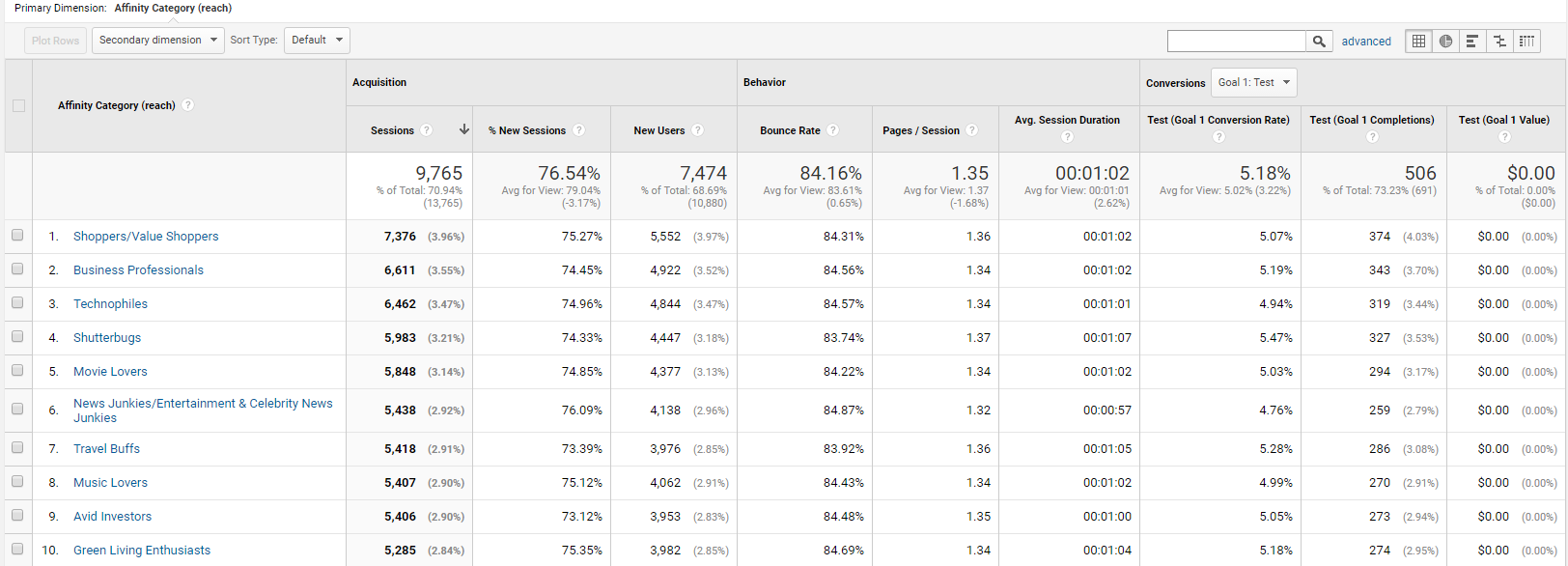In this article we’ll help you define target audience like a pro. Get ready to walk through the in-depth process of finding — and appealing — to your target audience. The payoff will be big!

Define Target Audience
Every great marketing plan begins with one thing: a clear target audience. While it may be tempting to try to reach as many people as possible, the true success stories are the ones that know exactly who their customers are and consistently deliver what they want to hear.
Define Target Audience – What Is a Target Audience, Exactly?
Naturally, it’s the audience you plan to target. It’s whoever is most likely to read what you’re writing, listen to what you’re saying and ultimately, buy what you’re selling.
While it’s often tempting to try to appeal to everyone, it won’t pay off in the end. After all, common knowledge says you can’t please everyone, so focus on pleasing those that you know will be receptive to your product.
So, if you own a pool supply shop, your target audience will be pool owners. Not kids that like to play in pools or moms who wish they had a pool; those with the responsibility of maintaining a pool are the ones most likely to need your products, and therefore most worthy of your marketing time and energy.
Why Does it Matter?
Your target audience will shape your marketing and messaging. It will determine what channels you choose and what words you use. It’s where every successful marketing plan begins and builds itself around. Basically, it’s an absolute must in the marketing world.
Your target audience will help you tailor your content to the specific group most likely to benefit from it. Once you identify your target, you’ll have a better idea of whether you should focus on LinkedIn or Instagram, or if you should be regularly sending your audience long blogs or quick tweets.
Everything you put out should be intended to reach and resonate with that target audience. And while honing in on that specific target takes a little work in the beginning, you’ll be reaping the rewards for a long time to come.
First Things First: Why Do People Buy Things?
Let’s take a little psychology side trip, shall we?
Because before you attempt to sell something, you need to understand what makes people buy. And that all comes down to buyer psychology and the need to define target audience.
The lesson we’re learning today is this: People buy based on emotions.
They don’t buy because of fancy descriptions, but on how they feel. So instead of simply telling them about your product, you need to make them feel something about it.
Case in point: Irish dirt.
Yes, you read that right. The Auld Sod Export Company has made millions exporting what some would never dream of paying for. It was so popular that the website crashed within 15 minutes of launching due to the overwhelming demand.
So how did they do it? How did dirt become such a hot commodity?
The answer lies in the value, or rather the customer’s perceived value. They catered to the emotions of Irish and Irish-Americans who were raised on stories of the Irish fields and the significance of being buried in Irish soil.

They catered to the emotions of Irish and Irish-Americans who were raised on stories of the Irish fields and the significance of being buried in Irish soil.
To some, the dirt is simply that — dirt. But to that specific audience, the dirt represents a precious part of their homeland that they finally had the opportunity to get their hands on. It didn’t matter that an abundance of dirt lay in their backyard; this genuine Irish dirt made them feel something. And they were willing to pay for that feeling.
But in order to capitalize on buyer psychology and emotions, you need to first understand who the buyer is.
This lesson will come in handy particularly when determining your messaging — and don’t worry, we’ll be delving into that shortly.
Ready to Define Target Audience? It Starts With You
Before you begin to get to know your target audience, you first need to have a full understanding of you and your business, as well as what’s worked for you in the past.
Start by asking yourself these questions, and be as detailed as possible:
- What are you selling?
- Why are you selling it?
- What are the benefits of your product or service?
- Who benefits the most from those services?
- What separates you from your competition?
- Why, ultimately, should people buy from and do business with you?
Once you can fully answer these questions, you’ll have a much better grasp on the benefits you can offer and the unique solutions you can provide to your audience.
You’ll also begin to narrow in on your target. Say you own a flower shop and only work locally; you’ve already weeded out a big portion of the population based solely on location.
Or, perhaps you’re a marketing consultancy that has proven most successful with small businesses. Your focus will naturally shift to that particular marketing niche.
The Basics: Buyer Persona
The next step is beginning to understand your audience and building a buyer persona. These are the obvious details, the numbers and data that make up your audience such as:
- Age
- Job Title
- Gender
- Location
- Education
The questions will vary based on industry, and can include more in-depth inquiries about career path, biggest job challenges, what kinds of news they consume and where they find it, etc. You’ll want to be as detailed as possible.
For instance, don’t just get their current job title, find out how they got there and how their positions have changed over the years. Are they happy in their current position? Do they want to climb higher? These are the little details that will give you the insight needed to humanize your customers, and ultimately appeal to a specific person rather than a group.
Often times, businesses will create an avatar to direct their messaging to. So instead of speaking to anyone that will listen, they’re speaking to Carrie, the 35 year-old mom of two who just got promoted to Account Manager at her public relations firm.
Once you have that avatar in mind, it becomes much easier to create relevant content that will strike a chord with your target.
Creating The Buyer Persona
Next step in defining target audience…
This is the research stage. It’s time to go to work and look at any and all information that can tell you who your customers really are.
The biggest challenge businesses often face is where and how to collect accurate information. Sure, you can form your own ideas about who would benefit from and buy your services, but because the target audience is such an integral part of your success it’s worth taking an academic approach to the research.
Start by taking a look at your existing clients. It’s an ideal place to begin because these people have already proven to use your product. Look at any data available to you regarding demographic information and add lead generation forms where possible.
This is where tools like Google Analytics will come in handy. If you have it enabled, the analytics will give you reports on your visitor’s age, gender, and select interests.

Google Analytics allows you to build categories for visitors to your site.
Social media channels like Facebook and Twitter also make it easy to collect information on your fans and followers. Facebook Insights will break down your fans by age, gender and location. Similarly, Twitter offers analytics that break your followers down by interests and income categories as well as age, gender and location.
Next, reach out to those customers and present them with interview questions or surveys to collect more accurate and individual information.
If you’re just starting out and don’t have a large customer pool to pull from, reaching out to prospective customers can be beneficial as well. It will allow you to collect information and interact on a more personal level. Trick of the trade: an added incentive like a gift card or discount can help sway those that otherwise wouldn’t take the time to answer a survey from an unknown company.
Competitor data is also key here. Study those businesses similar to yours to see what kind of audience they’re appealing to, and learn from their trials and successes.
If your budget allows, firms specializing in market research will do a lot of the work for you.
Define Target Audience – Digging Deeper: the Motivation
Once you have the outline of your ideal customer, it’s time to flesh them out and really dig into the nitty gritty of this person’s character.
Why? Because people like people that think like them. People who share the same views and values, hopes and fears. And if you can connect with your ideal customer on that level, you’ll win a fan for life.
This doesn’t necessarily require a survey or formal interview of your customers, but once you have your avatar in mind, sit down and ask yourself some questions about their thoughts and motivations. And while you’re at it, take a look at your own as well.
- Why are you selling what you’re selling?
- What questions do they have about your product, and why do they ultimately decide to buy (or not buy) from you?
- What do they do on the weekend?
- What do they think about politics and social issues?
These are just the tip of the iceberg, and the more you dig, the better you will define target audience.
Once you’ve uncovered their motivations and opinions, you’ll begin to see where they intersect with your own. And that’s the sweet spot you want to tap into.
This understanding and intersection will determine what language you use, the tone of your messaging and what emotions you play to. Because you’re no longer just someone trying to sell them something, you’re someone who gets them and can speak to them in their language.
Take humor or opinions; some claim that they do more harm than good by alienating those that don’t share your views. But, if you’ve dug into your audience and have a grasp on what they think and feel, it may benefit you in the end to express any shared views or speak to them light-heartedly. Sure, it will turn some people off, but those who are receptive to what you’re saying will be that much more likely to identify with you, like you, and in the end, buy from you.
On the flip side, say you’ve deduced that your target market may not want (or share) your opinions on society and the world. You know to keep your messaging strictly professional and educational, rather than play to opinions or views they may not share.
Of course, the tone and language is based not only who your customers are, but on your brand it is you’re selling.
Knowing how to communicate with your target market is a crucial step, and to do so effectively you must do everything possible to truly understand them.
Crafting the Copy
Remember our little psychology lesson? It’s time to apply it.
When it comes to copy, it’s all about being inside your buyer’s head and writing the words they need to hear.
Now that you’ve completed the buyer persona and worldview exercises, you’ll begin to see your customer as a human, someone you know, and that’s exactly how you want to speak to them. No robotic, generic language. Instead, you need to excite them.
The best place to start is with the first impression.
This will vary depending on the medium you’re using; when composing a tweet, you have 140 characters to make a good impression. Or if you’re writing a blog post, you need to command their attention with the headline and hook. Writing an ad? Make sure that first line is one they won’t look away from.
Now, getting back to buyer psychology: people buy based on emotions. So every line of copy you write, and most certainly the initial hook, needs to appeal to your customer’s emotions. Use words and ideas that illicit specific feelings and make them excited for your product.

Every line of copy you write, and most certainly the initial hook, needs to appeal to your customer’s emotions.
The language you ultimately use all comes back to who your target audience is. So, if you’re selling Irish dirt, you know your audience is Irish and Irish-Americans, and that you’re trying to appeal to their sense of pride and longing for their country. Therefore, every word and visual needs to be used with the intention of bringing those feelings to the surface.
Keep in mind, most people aren’t looking to read sales pitches. They want content that solves a problem they have or addresses something that’s of concern to them. Present them with solutions and benefits, rather than features.
And remember, a picture’s worth a thousand words. A well-crafted visual is not only more likely to draw your customers eye, but it’s likely to stick with them longer than words alone.
Choose Your Channels and Apply Your Plan
So, you’ve narrowed down your audience and designed the perfect piece of content to really draw them in. The next step is choosing the right channels to reach them.
This is something you’ll uncover during your research stage. Google Analytics will tell you where your visitors are coming from (Facebook, Pinterest, organic search, etc.), and is a great place to start. It’s also beneficial to include questions about the sites they frequent on your surveys and interviews.
Once you know where your customers are, you’ll know where to reach them.
For example, if you run a wedding planning business, you know your target audience is soon-to-be brides. Brides are notorious for scouring Pinterest and Instagram for event ideas, so you know that’s exactly where you want your content to be. You’ll want to focus your efforts on taking photos and creating imagery that highlights the emotions and uniqueness of that day.
This is another area where competitor analysis will come in handy. Do another dig into their content and see what’s worked for them. Do they have a large Facebook or Twitter following? An active blog with user comments and interactions? What kind of content is their audience sharing? By answering these questions, you’ll gain a better understanding of the content and channels that will best reach your target audience.
How to Narrow Down Your Target Audience
Like any aspect of a successful campaign, your initial efforts will require a little trial and error.
You’ll want to begin with a broad audience and narrow down from there. It often pays off to create multiple versions of the same content and see which performs better. Or, send out an email or post, see how it performs, and then send another in a slightly different tone or style to see which is more popular with your audience.
Different sites will keep tabs on which pieces of content are hits or misses; make sure to monitor each site you publish to so you can have an ongoing record of what’s working and what isn’t. Over time, you’ll form a better understanding of what works best, whether it be a certain type of content or a certain tone of voice.
Ready to Define Target Audience? Get Started Now
So you’re ready to start honing in on your target audience? The above steps will get you where you need to go.
Remember, the research stage is crucial to your overall success. Wildly casting your net in hopes that it will hit the target will not only waste valuable time and resources, but there’s no guarantee that you’ll find who you’re looking for. Rather, take the time to analyze your customers and competitors to get a more accurate read on who will benefit from and be receptive to your messaging.
Once you have a better understanding of who you’re talking to, it’s time to get creative and craft your message. This is where you’ll want to get inside your target’s head and find out what motivates them and will illicit the desired response. Key takeaway? It’s all about emotions.
From there, it’s a matter of measuring success. Monitor your content closely and adjust your target as needed.
Just remember, it all comes back to how well you know your target audience. Because the difference between the business that truly knows their customer inside and out? Is a sale.